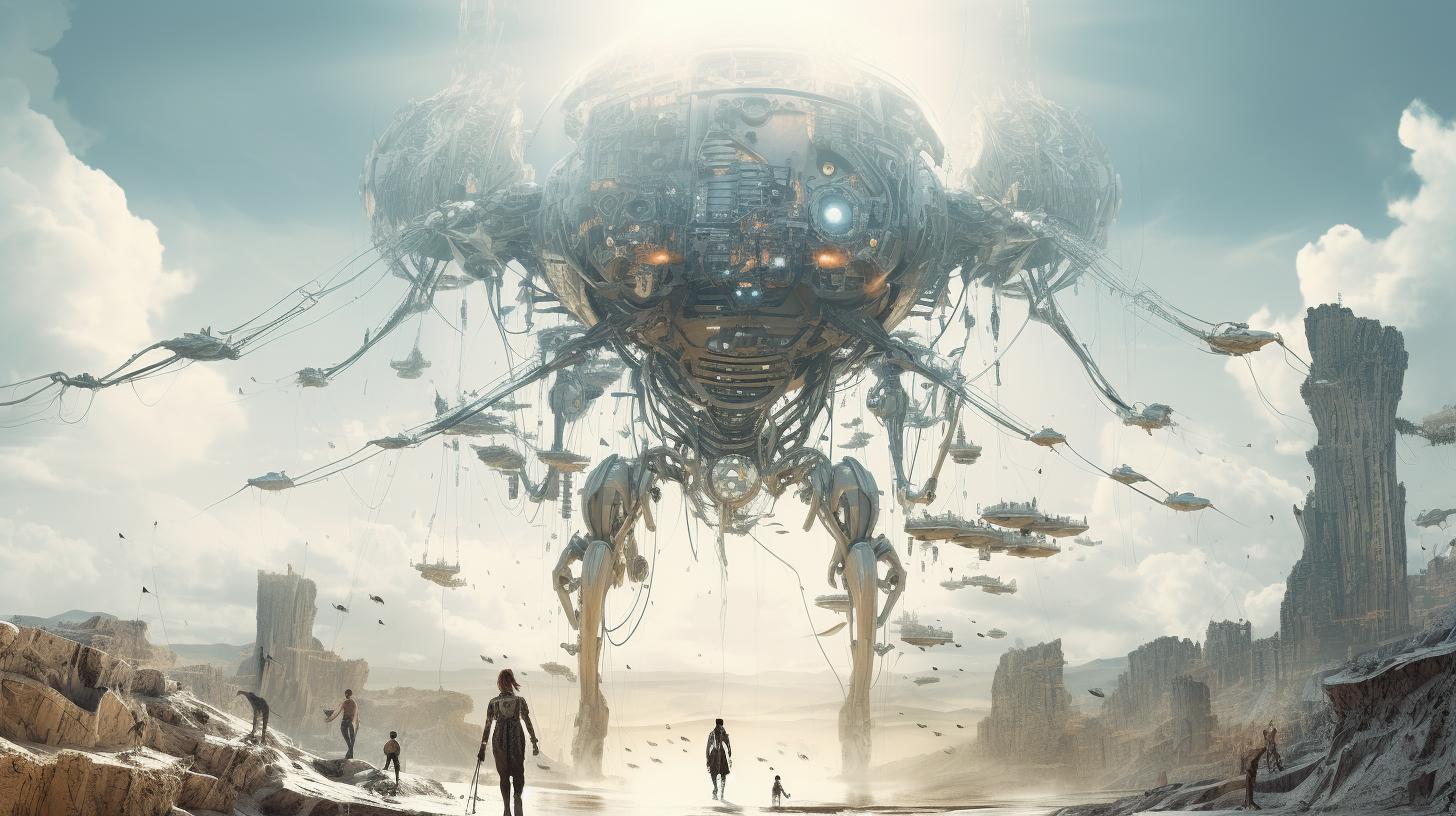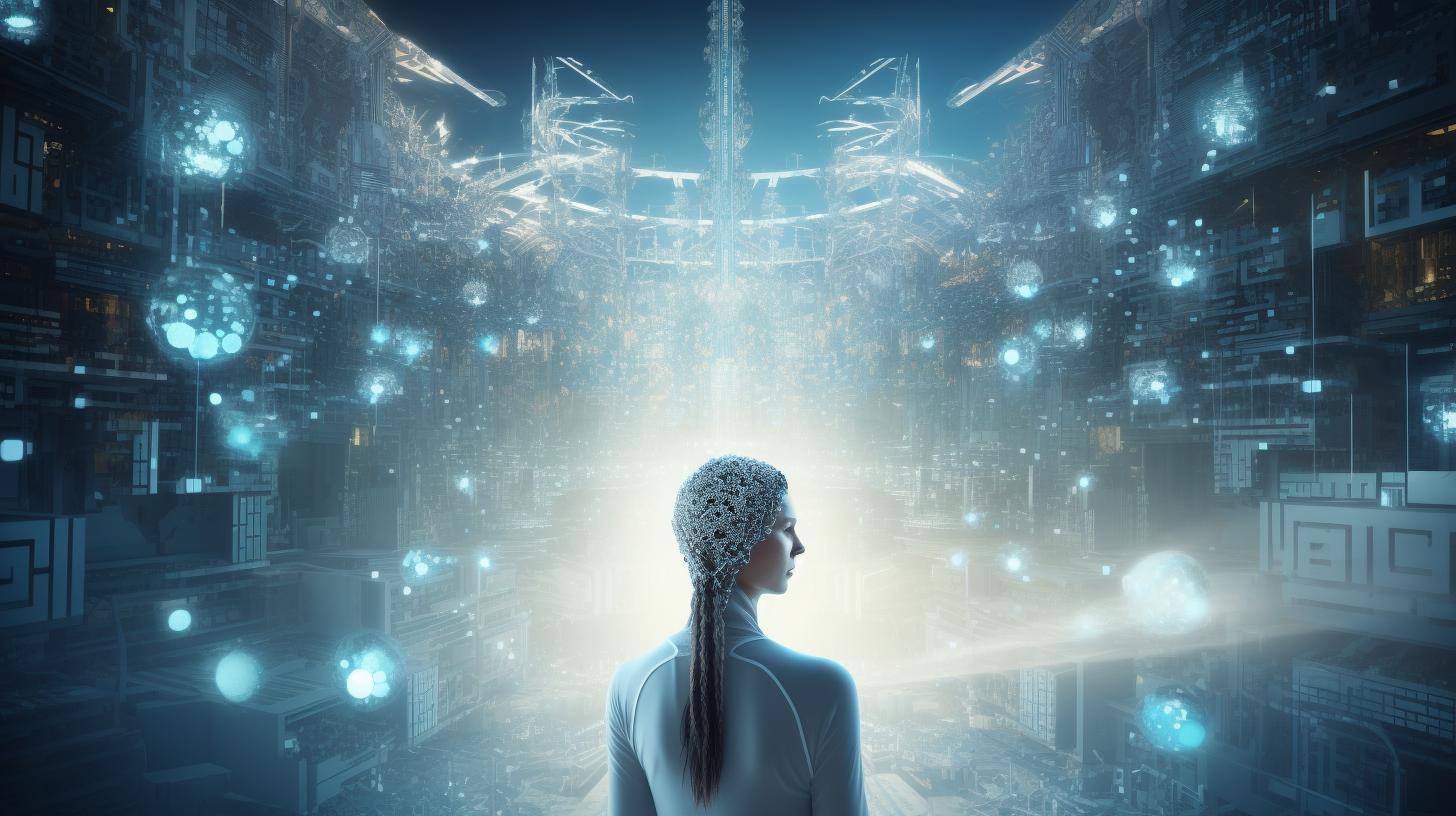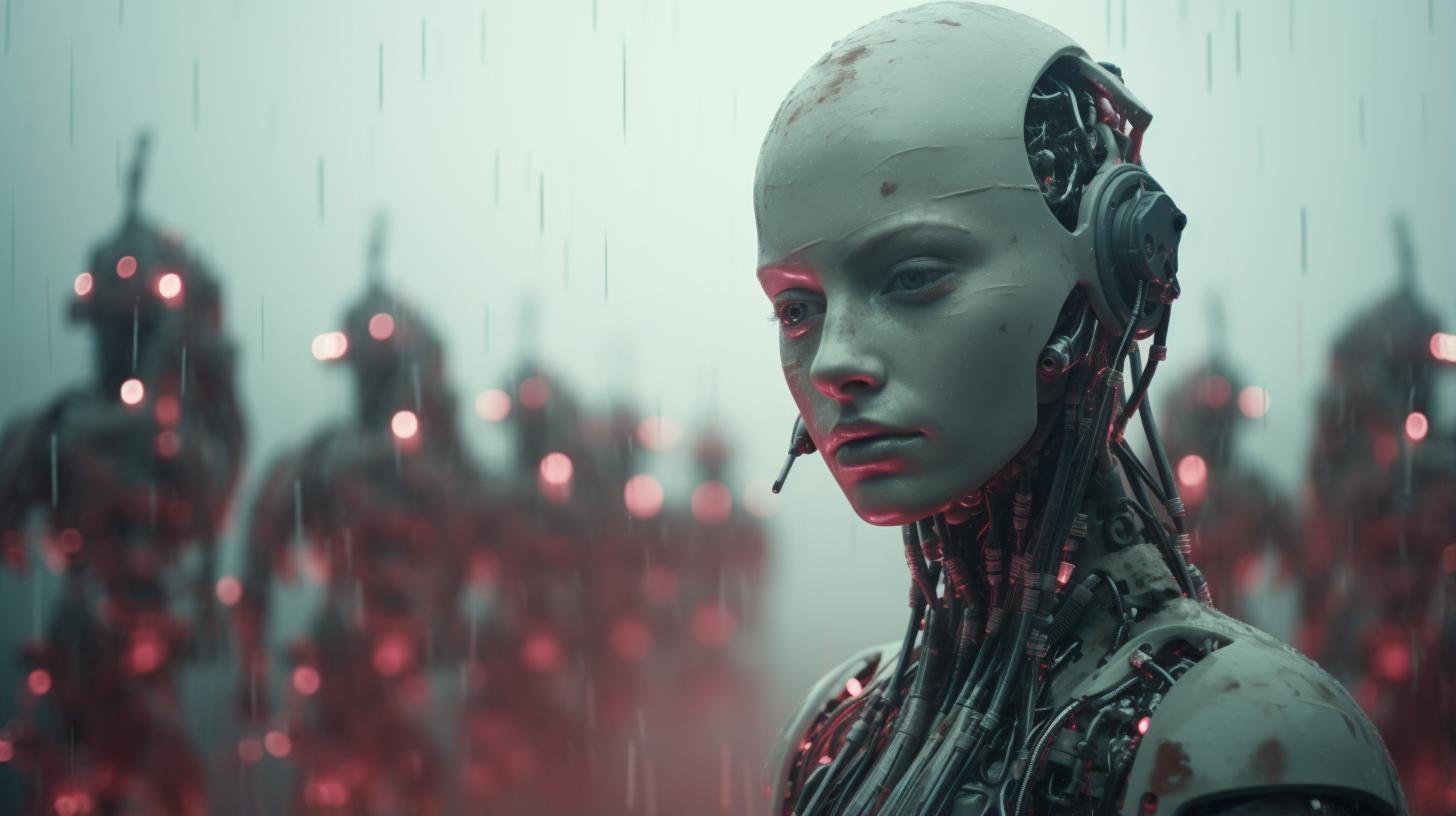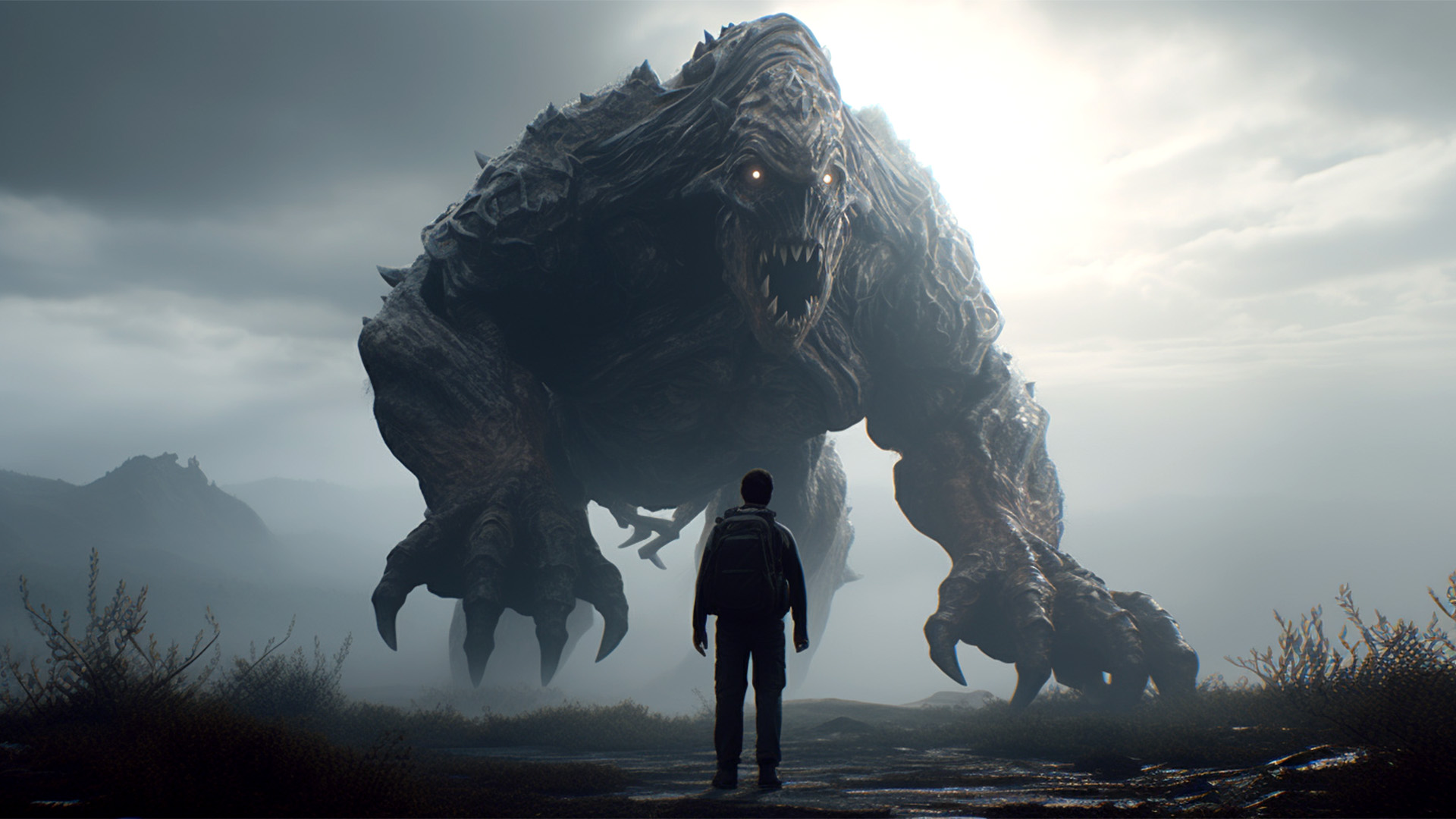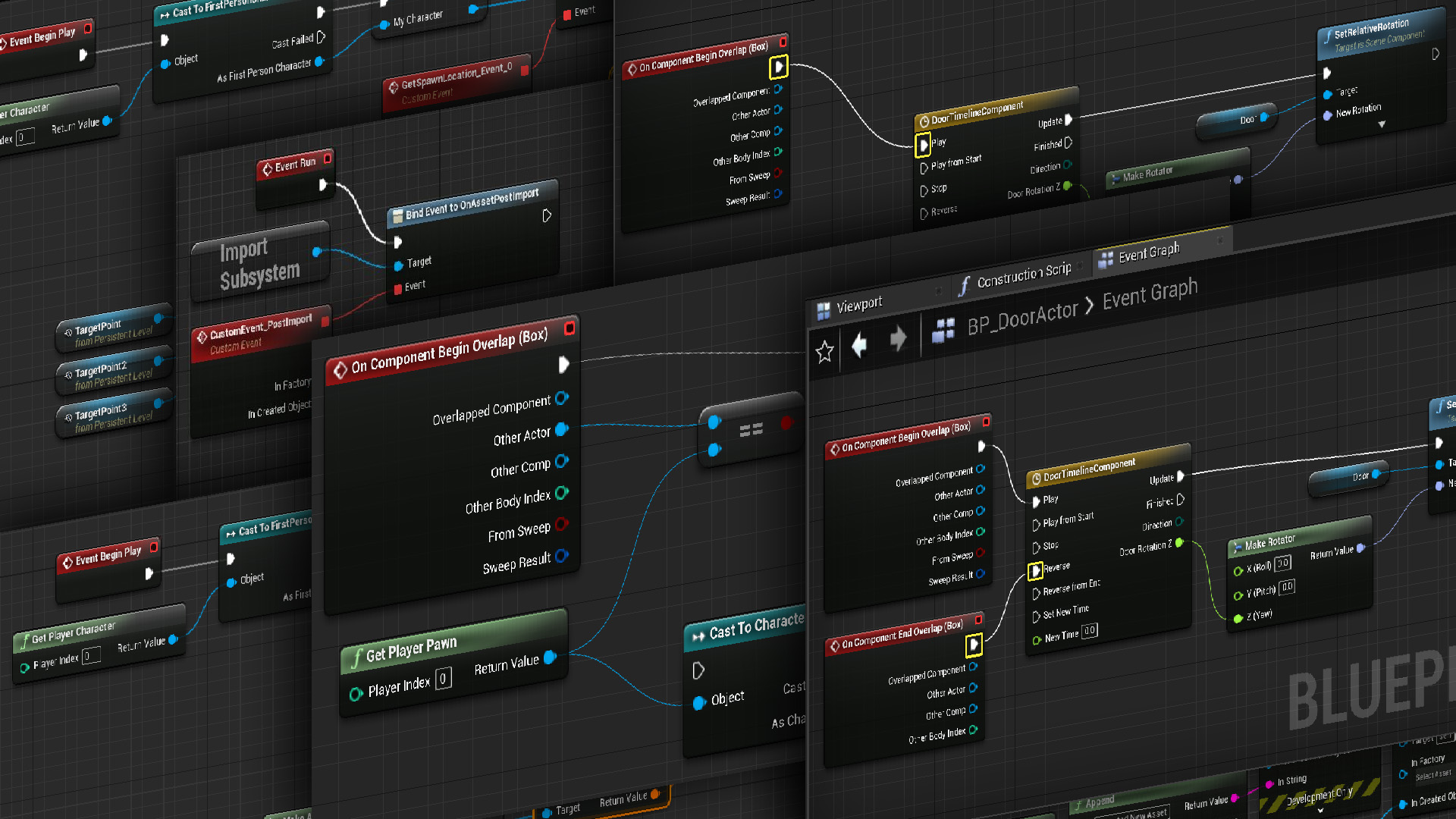# Exploring the World of *Steins;Gate*: From Visual Novel to Anime Masterpiece
*Steins;Gate* is a standout title that has garnered a massive cult following since its debut, evolving from a critically acclaimed visual novel into one of the most celebrated anime series of all time. With its intricate storytelling, deep character development, and intricately woven timeline, *Steins;Gate* doesn’t just immerse you in its fictional world—it makes you question the very fabric of reality itself. For both new and returning fans, understanding the legacy of this outstanding work is a must.
In this article, we’ll delve into the rich lore of *Steins;Gate*, exploring its transformation from a thrilling visual novel to an anime masterpiece that continues to leave its mark on pop culture.
## Origins: The Birth of Steins;Gate as a Visual Novel
*Steins;Gate* was originally released as a **visual novel on October 15, 2009** by *5pb.* and *Nitroplus* for the Xbox 360. Developed as the second entry in the *Science Adventure Series* (after *Chaos;Head*), it soon expanded to platforms such as PC, PlayStation, and even mobile devices—demonstrating its widespread appeal.
The term “visual novel” may not be familiar to everyone, but this genre combines narrative-driven gameplay with interactive elements, allowing players to make choices that impact the outcome of the story. *Steins;Gate* captured this approach perfectly by engaging players with its gripping sci-fi plot, mystery, and emotional resonance.
The story introduces us to **Rintarou Okabe**, self-proclaimed mad scientist, and his group of friends who inadvertently discover a method to send messages through time. This discovery soon draws them into a dangerous world of conspiracies, quantum mechanics, and heart-wrenching consequences that blur the line between ethical decisions and the uncontrollable forces of destiny.
### The Time-Travel Mechanic: A Testament to Its Depth
At the core of *Steins;Gate* lies its expertly handled **time-travel and “worldline” theory**. Unlike many fictional depictions of time travel that rely on simple “jumping back and forth” mechanics, *Steins;Gate* presents a far more complex and realistic approach with the idea of branching possibilities and irreversible consequences. The Butterfly Effect is in full force in this story, as the smallest changes to the past can lead to wildly different outcomes in the future.
To provide players with an engaging experience, *Steins;Gate* featured a variety of different routes and endings based on the choices made throughout the game. Whether you choose to send that pivotal message or keep your silence, the fate of Okabe’s group and the world itself could change drastically.
## The Transition: From Visual Novel to Anime
Due to its massive success, *Steins;Gate* quickly caught the attention of anime studios. The anime adaptation, produced by **White Fox**, premiered in 2011, condensing the rich narrative of the game into 24 mind-blowing episodes and one OVA (Original Video Animation).
Adapting a visual novel into an anime can be a tricky endeavor—many visual novels have non-linear narratives and multiple endings, with a high degree of emotional depth coming from internal monologues and the player’s immersion in character choices. However, the creative team behind *Steins;Gate* managed to achieve something that few adaptations do: capturing the essence of the source material while making the story fit into the episodic format of a television anime.
### Faithfulness to the Source Material
One reason the *Steins;Gate* anime succeeds is its **fidelity to the source material**. The adaptation stays true to the game’s complex storytelling, keeping most of the major plot elements intact while condensing certain parts to deliver a cohesive narrative. But more than just replicating the game’s story, *Steins;Gate* effectively used the medium of animation to enhance the emotional impact and visual storytelling.
The critical turning point in the anime, **Episode 12 (Dogma in Ergosphere)**, draws audiences into a gut-wrenching arc that pushes Okabe and his fellow lab members into intense moral and psychological conflicts. This is where the anime truly shines, showing its remarkable ability to evoke strong emotions from its audience, and cementing *Steins;Gate* as a **psychological thriller** unlike any other.
### Time-Travel in Animation: More Effective on Screen?
Certain aspects of the *Steins;Gate* story, like the depiction of time travel’s consequences and the fluctuating “worldlines,” arguably work even better in the anime medium than in the visual novel. The anime’s **visual representation** of shifting timelines and universal divergence helps make these complex concepts easier to digest for viewers who might be overwhelmed by text-based explanations in the novel.
Additionally, the **voice acting** in *Steins;Gate* deserves special mention, particularly **Mamoru Miyano**’s portrayal of Okabe, which captures his eccentric madness and tragic vulnerability. Okabe’s descent from wild-eyed idealist to someone trapped in unforeseen consequences is one of the most well-executed arcs in recent anime history—and hearing his evolving emotions makes the stakes feel even more intense.
## Legacy and Impact on Pop Culture
To say *Steins;Gate* has left an indelible mark on pop culture would be an understatement. Beyond the anime and visual novel’s substantial popularity, it has inspired **sequels, spin-offs, live-action stage plays**, and even a **sequel series**, *Steins;Gate 0*. The latter, adapted into both a visual novel and anime, explores the narrative possibilities in alt-worldlines, further broadening the spectrum of parallel universe storytelling.
The reason the franchise continues to thrive is its **timeless appeal**. The themes of loss, regret, challenging fate, and the inherent unpredictability of time have universal resonance. It also introduced non-Japanese fans to a **brilliant crossover of sci-fi, quantum mechanics, and eastern philosophies**, making the story approachable yet intellectually stimulating.
Anime fans regularly rank *Steins;Gate* among the best anime ever created, alongside timeless classics like *Fullmetal Alchemist: Brotherhood* and *Cowboy Bebop.* Its themes of time-travel, sacrifice, and friendship ensure that it appeals to both fans of hardcore science fiction and viewers drawn to powerful human drama.
### What Sets Steins;Gate Apart?
1. **Realistic and Detailed Sci-Fi Concepts:** Quantum mechanics, John Titor, and theories about time travel are handled with incredible accuracy—a refreshing change from cliched time-travel stories.
2. **Compelling Characters:** Each character, from the affable and bizarre Okabe to the intelligent and introspective Kurisu Makise, undergoes development and growth throughout the story.
3. **Emotional Impact:** Rarely does a show manage to balance gripping psychological tension with heartfelt moments. *Steins;Gate* consistently keeps viewers invested on both an intellectual and emotional level.
4. **Moral Complexities:** The choices that the characters make aren’t easy. Many decisions explore deep ethical dilemmas, forcing characters to sacrifice their happiness for the greater good.
## Conclusion
From its origins as a visual novel to its incredible anime adaptation, *Steins;Gate* has solidified itself as a quintessential piece of modern sci-fi storytelling. Its deep characters, thoughtful exploration of themes like time travel, and ability to evoke strong emotional reactions make it a must-experience for any fan of anime or visual novels.
Whether you’ve never heard of *Steins;Gate* or are a die-hard fan, its legacy is undeniable. From its gripping narrative twists to its complex theories of time manipulation, *Steins;Gate* pulls viewers into a world where choices truly matter and no future is set in stone. Those who embark on the adventure it presents are bound for an exciting, mind-bending journey—one that they’re unlikely to forget anytime soon.
Make sure to check it out—you won’t regret it. El Psy Kongroo.





